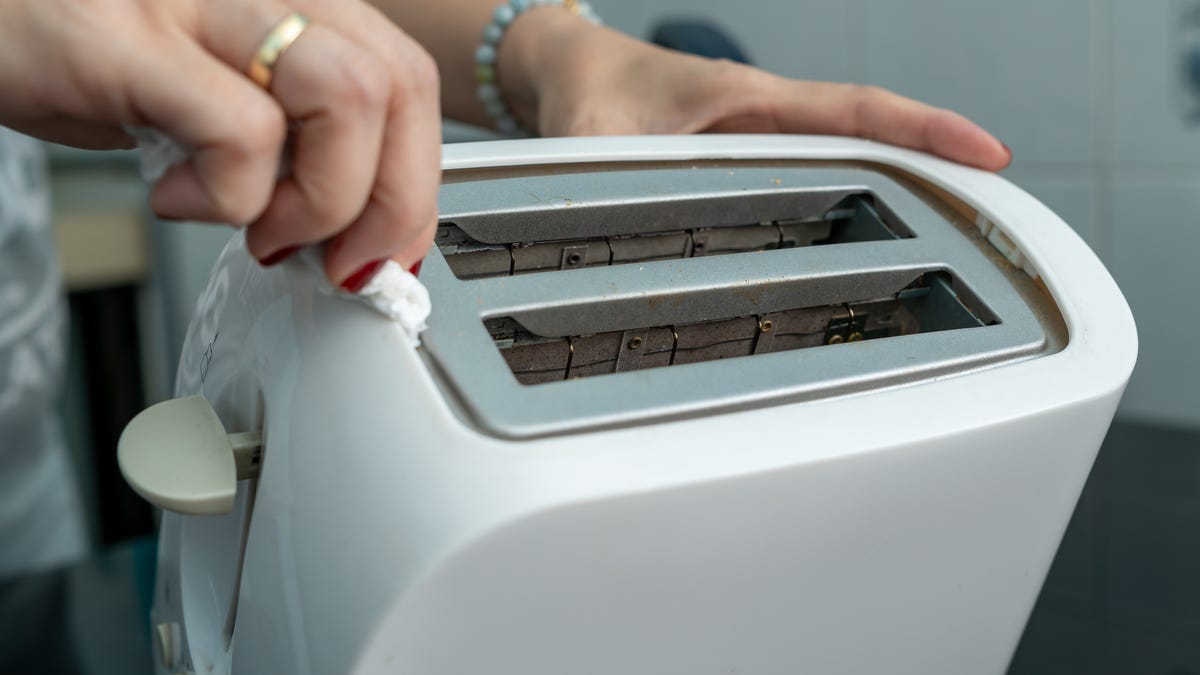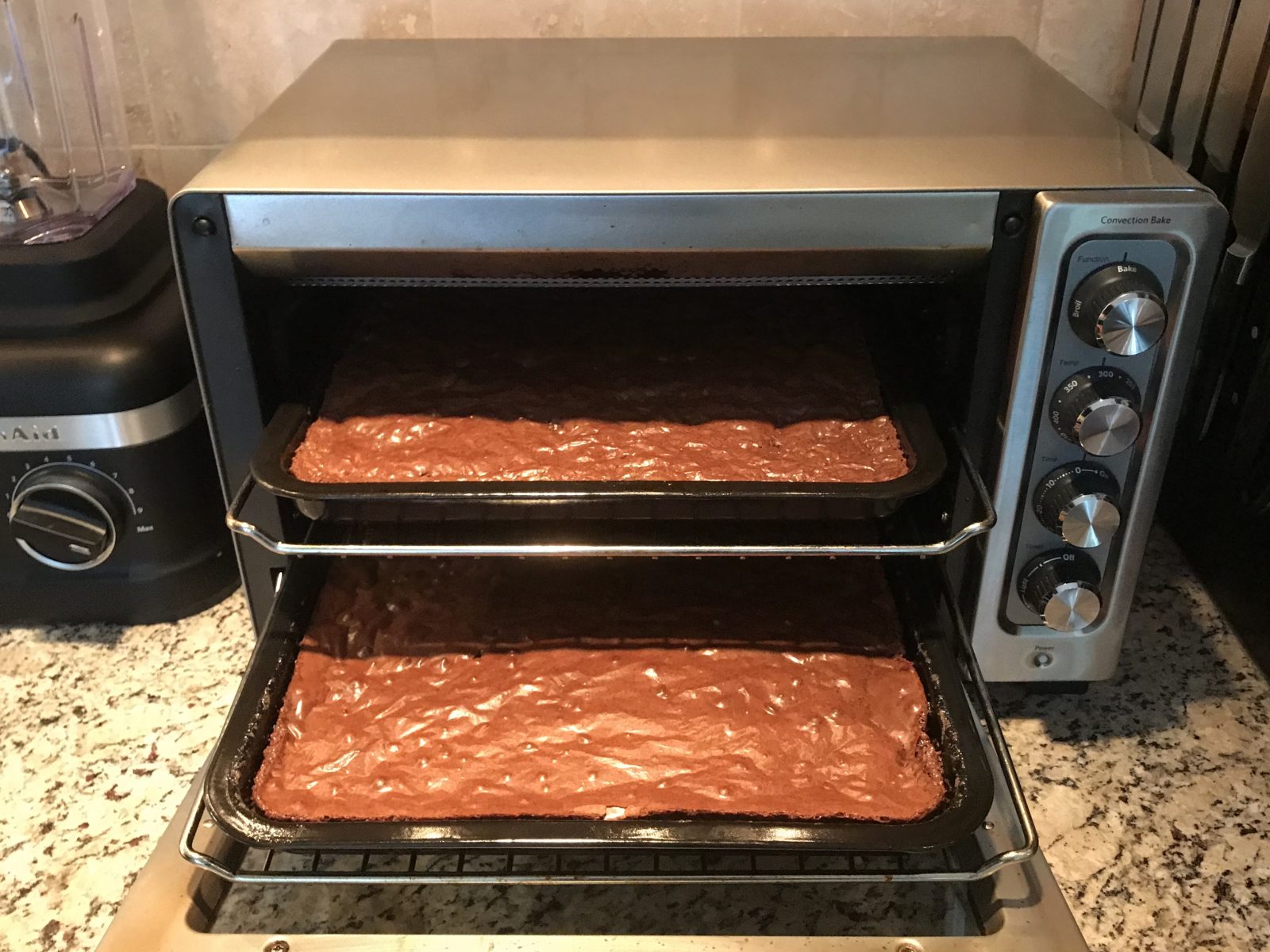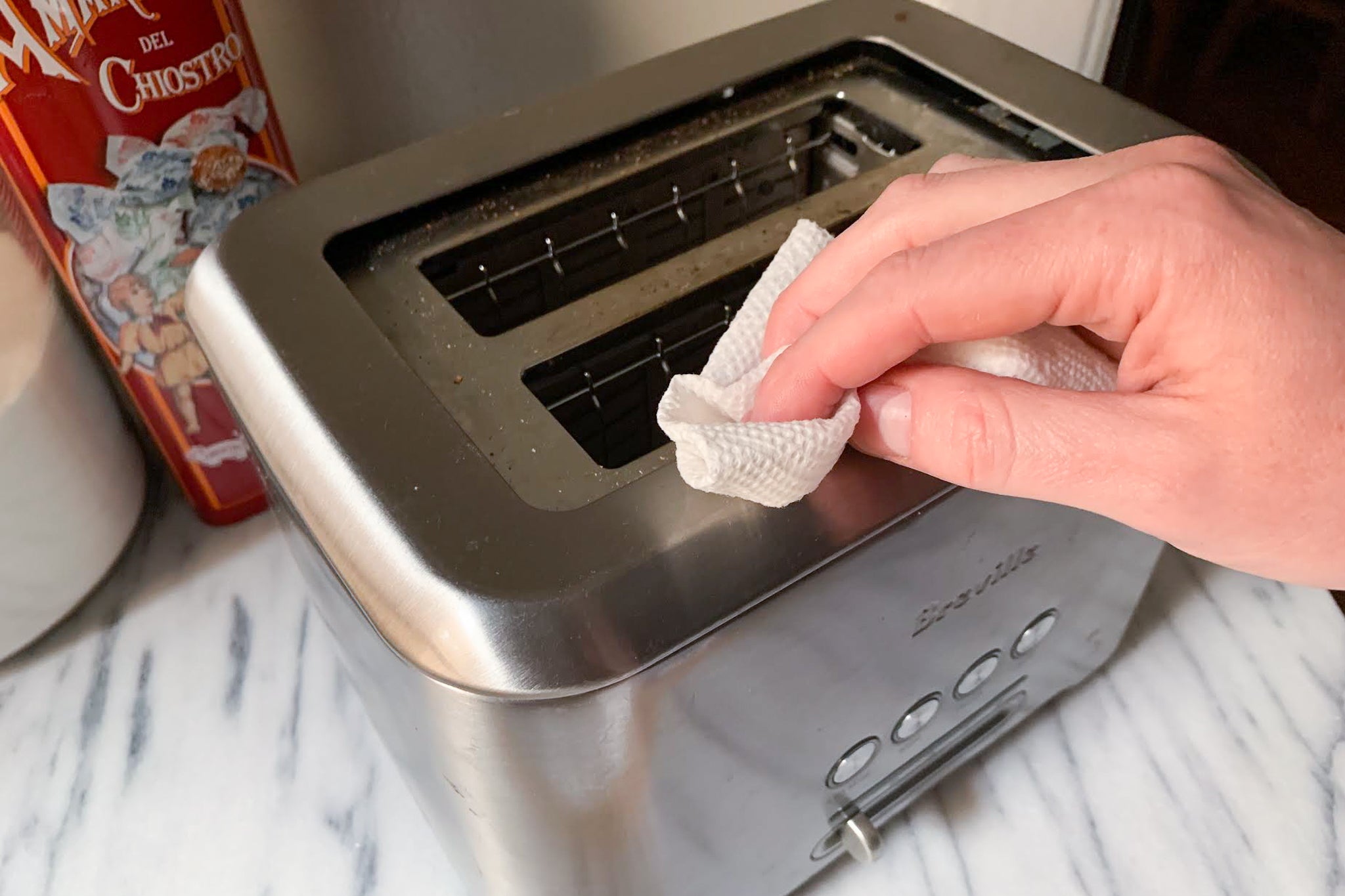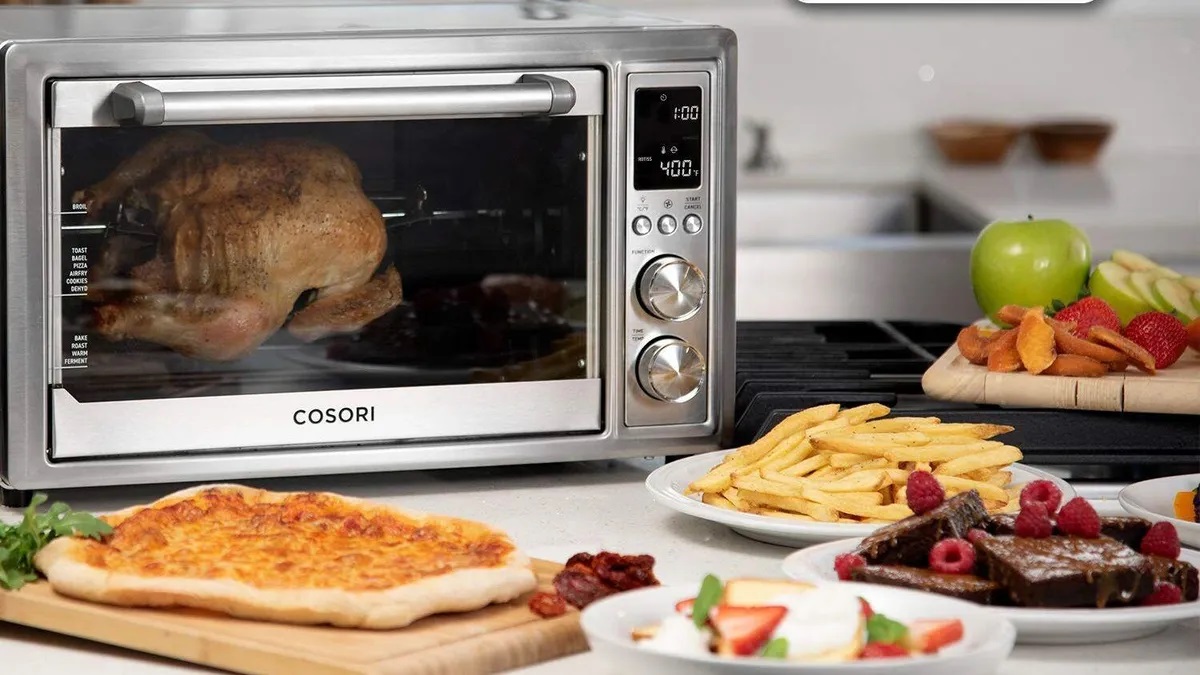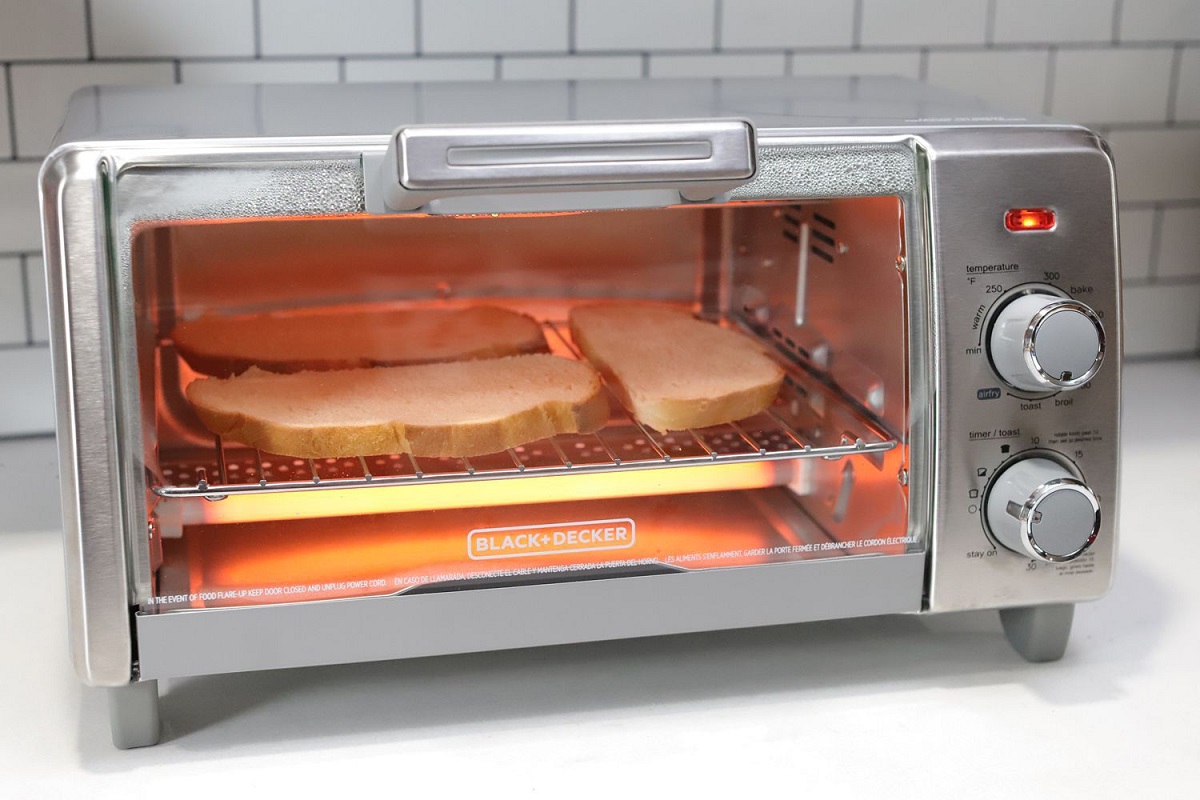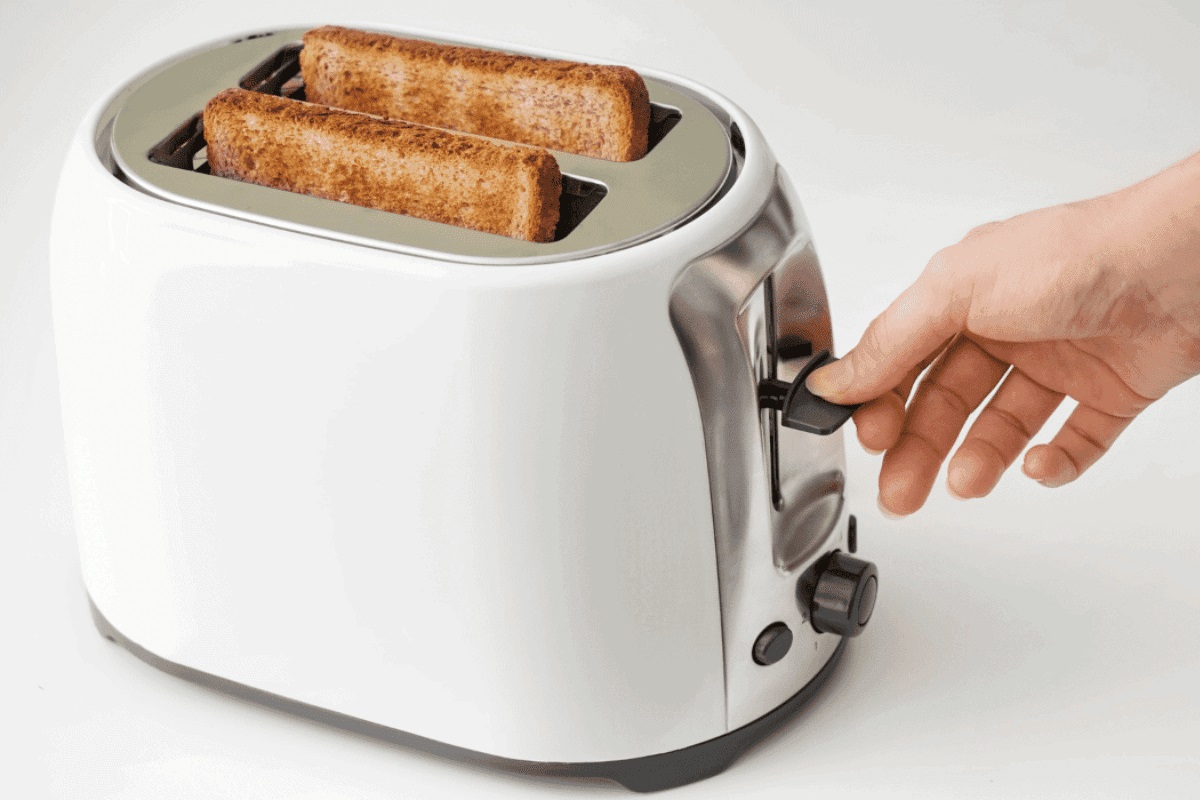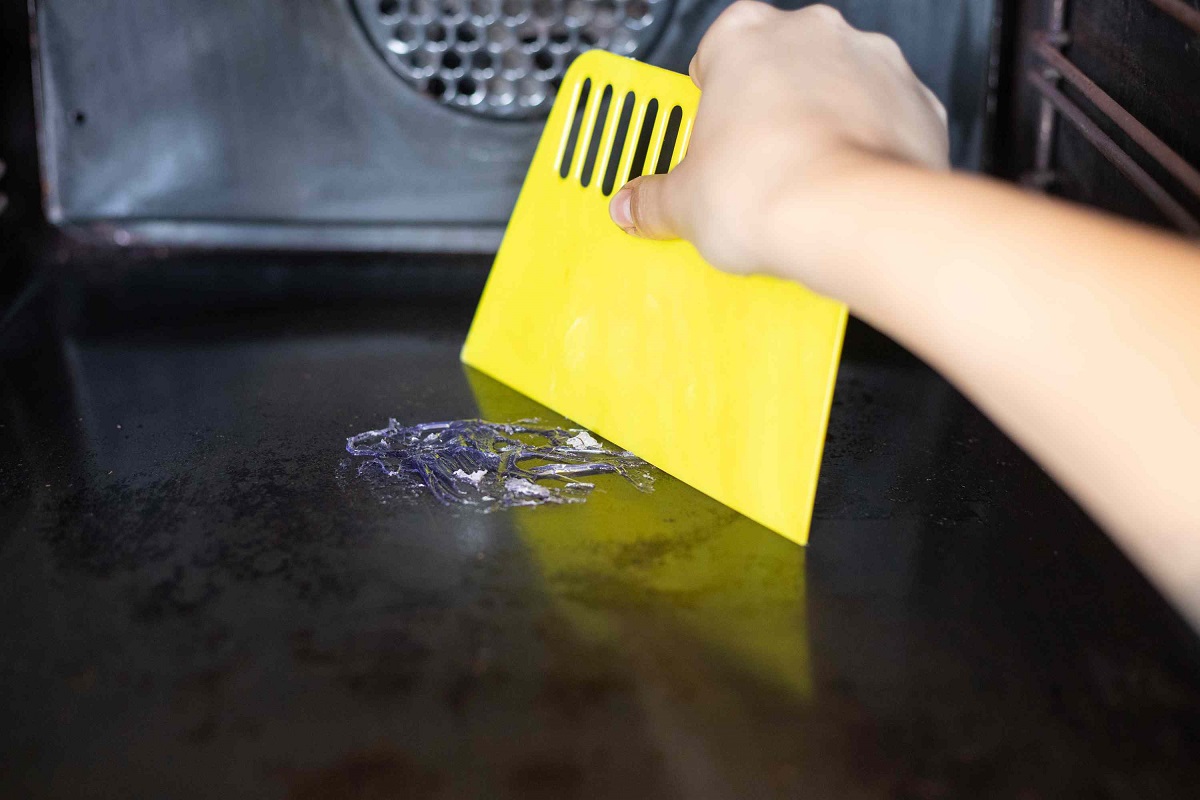Home> Toaster Cleaning And Disposal
Toaster Cleaning and Disposal: Ultimate Guide for a Healthy Kitchen!
Boost your kitchen hygiene with our comprehensive guide on Toaster Cleaning and Disposal. Stop worrying about mess or malfunction – we’ve got you covered!
